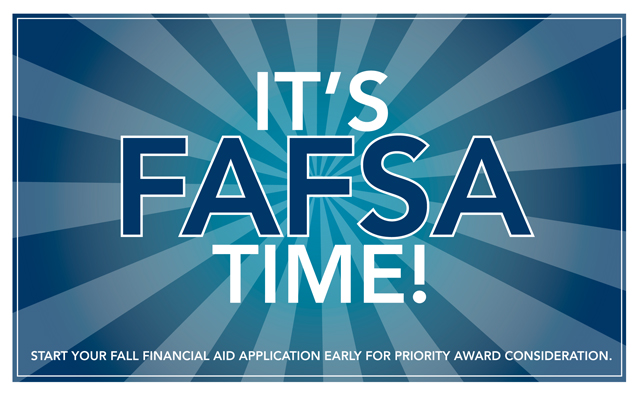 Every day parents complain about the high cost of college and the fact that even though they have saved, it’s not going to be enough to cover present day costs. When the kids enter high school, most parents begin to panic. The time has slipped away from them and they are faced with some difficult decisions. The thought of disappointing their kids seems unfathomable and the thought of telling their family and friends that they can’t afford to send their kids to college is even worse.
Every day parents complain about the high cost of college and the fact that even though they have saved, it’s not going to be enough to cover present day costs. When the kids enter high school, most parents begin to panic. The time has slipped away from them and they are faced with some difficult decisions. The thought of disappointing their kids seems unfathomable and the thought of telling their family and friends that they can’t afford to send their kids to college is even worse.
Consequently, we exhibit behavior that has devastating consequences for us and for our kids:
- We make unwise decisions related to student loans
- We neglect to tell our kids “no” when a college is beyond our ability to pay
- We don’t include our kids in the financial aspects of the decision in the beginning
I read a post by Lynn O’Shaughnessy on The College Solution blog entitled “We are Done Paying for College”— it made me stop and think: what are our priorities as parents? Lynn and her husband began planning when their kids were little. They scrimped and saved and prepared for the day when they would go to college. It required sacrifice and commitment. But they did it and can say that their kids graduated without any student loan debt. You owe it to yourself to read her post, even if your kids are already in high school. It’s a definite wakeup call for all parents of college-bound teens.
Step back and evaluate
What are your priorities? Is college important enough for you to make some sacrifices? This means financial sacrifices and sacrifices of your time.
Make a plan and stick to it
If paying for college means driving an older model car for a few years, do it. If you need to supplement your education savings by taking on a second job and insisting your kids work during high school, make it work. If your family has to forgo some vacations, a new home, or a eating out often, it’s worth the sacrifice. But whatever you decide, make a plan and stick to it.
Be creative and think outside the box
There are so many creative ways to attain a college degree. Your kid isn’t bound to the typical four-year University or attending four consecutive years in a row. It’s also not necessarily essential that they attend college right out of high school. Do whatever it takes to attain the degree without debt and causing the family financial hardship.
It doesn’t matter where you are in the college prep process. You should evaluate your priorities and ask yourself some tough questions. It may sting in the beginning but once you’ve examined your options, you’ll sleep easier and so will your kids.









